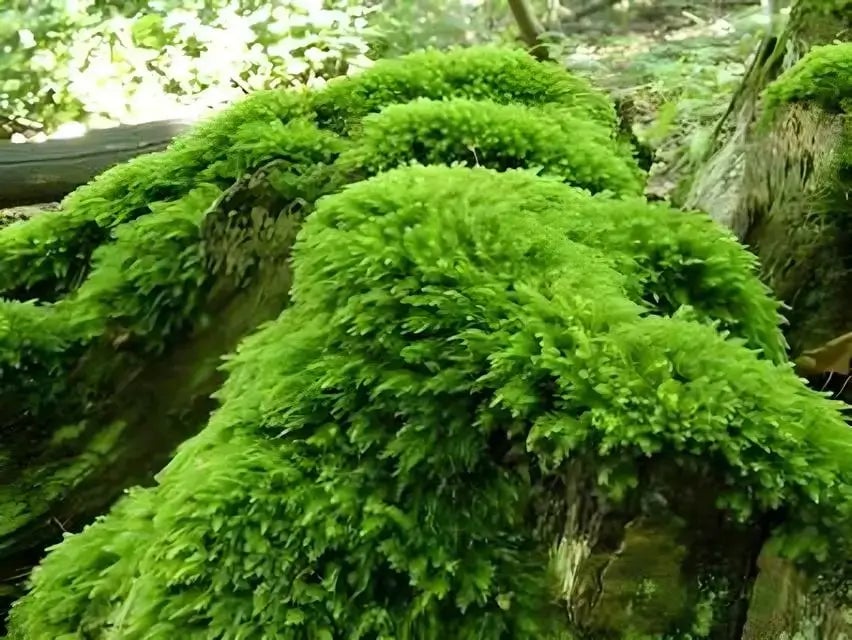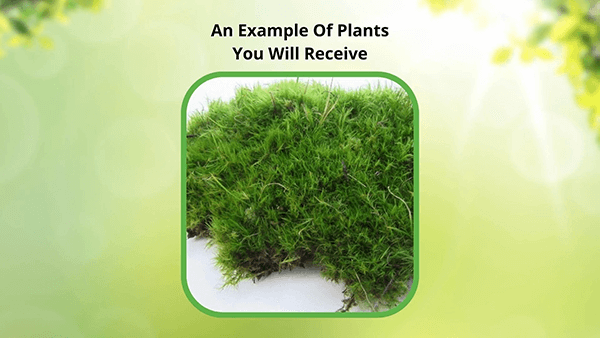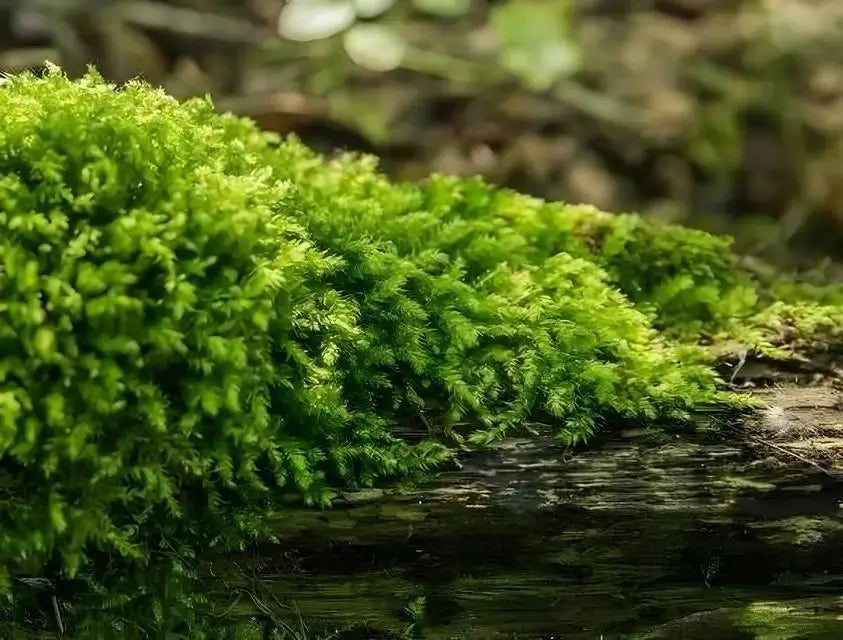



Fern Moss
This plant ships:
NowWe sell bare root plants - click here to see what you'll receive
Fern Moss - Thuidium Delicatulum
Fern Moss displays feathery, fern-like fronds and is often found in damp and shady environments. It resembles miniature forest ferns, looking like an assortment of tiny ferns.
This delightful and beneficial plant for landscaping projects belongs to the Bryophyte family and thrives in wet and shady environments, making it a perfect choice for various landscaping applications.
It is known for its delicate appearance. These plants are widely distributed throughout North America and often add color and beauty to shady, humid gardens.
Natural Habitat Of Fern Moss
It forms lush, branching carpets on decomposing logs, rocks, and patches of damp soil. They can flourish in various moist, shady environments all year round. They are commonly found along mountain streams and river banks, on hillsides and ravines, underneath trees, and on forest floors.
It has feathery triangular fronds arranged in a triple-pinnate structure, with central stems that grow up to 3½" long. The fronds consist of tiny, bumpy leaves that give it a slightly rough appearance and branch out to create a layered mat with a soft, plush texture. The fronds intertwine to create a colony with a three-dimensional profile. The leaves tend to open in humid air but contract against their parent stem or branch in dry air.
It can display a spectrum of colors, changing from golden brown to dull yellow-green to bright, then deep green shade and moisture increase.
To propagate themselves, they create sporophytes that mature and release spores that can grow into new plants. As they establish themselves, they grow fibrous rhizoids that attach to their new substrates. These thin, root-like rhizoids anchor the plants and pull nutrients and moisture into the fronds.
Fern Moss Adds Graceful Charm
It can create a tranquil aesthetic and lend a graceful charm to cultivated areas in your landscape. Gardeners often use it as a ground cover in tree-filled areas. This plant can add color and texture to rock gardens and shady regions while providing winter greenery patches.
It is a beautiful choice if you're looking to create a microhabitat for small animals in your garden. Songbirds like swallows, vireos, juncos, robins, and warblers use the fronds in their nests to protect their hatchlings and conceal them from predators.
Forest Up Your Garden with it
Adding Fern Moss to your garden is a lovely way to bring the freshness of the forest into your landscape and enhance your time outdoors.
It Absorbs Pollutants
It is known for its ability to absorb pollutants, acting as a natural bioindicator of air quality. It can capture and retain particulate matter, heavy metals, and other airborne pollutants from the environment. This is due to its unique physiology, which allows it to take in water and nutrients directly from the air rather than through a root system like most plants. It can be particularly effective in urban areas where it helps to reduce pollutants such as nitrogen oxides, sulfur dioxide, and heavy metals, thereby improving air quality.
Does it Need Soil
It does not require soil to be grown; it grows on various materials such as rocks, wood, or any moist material. It takes up nutrients and water from its immediate surroundings.
What Are The Characteristics Of It
It is feathery and very soft in texture. This plant grows well in damp and shady conditions.
How Do You Take Care Of It
Grow it in a high-humidity area, together with partial shade and no direct sunlight. Spraying it with some water is recommended on a frequent basis.
How Quickly Does it Grow
It grows at a slow rate and may take a number of months before one sees a considerably new layer of growth. They are affected by conditions such as humidity and light.
Can You Propagate It
Yes, fern moss can be propagated by basically transecting clumps of the plant and placing these on a new, damp surface. When well watered and cared for, they will spread.
| Planting zone | [5, 6, 7, 8, 9] |
|---|---|
| Height At Maturity | Under 6 Inches |






Fern Moss
This plant ships:
Now| Planting zone | [5, 6, 7, 8, 9] |
|---|---|
| Height At Maturity | Under 6 Inches |

